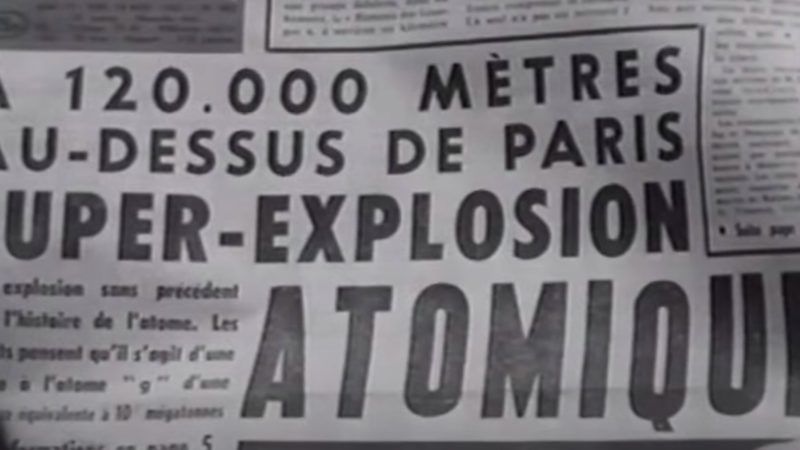The Invisible Dystopia
Friday A/V Club: When the post-apocalyptic world looks a lot like the pre-apocalyptic world

"Our mass culture is driven by screened entertainment," the science fiction novelist Neal Stephenson told The Wall Street Journal last week, "so there's a tendency to tell stories in a way that looks good on screens. I think there is an overreliance on dystopia that is fundamentally driven by art direction and production design."
The result, Stephenson argued, is that we've
gotten used to a particular way of thinking about dystopia—and that's not what we've got, right? We've ended up with something that is very non-cinematic. With few exceptions, anywhere in the world affected by Covid-19, you can go out and walk down the street, drive around, look at stuff. And aside from the fact that there aren't as many people out and a lot of people are wearing masks, nothing looks different. There are no collapsed buildings or crashed trains or any of the other visual markers that you would see in a movie to tell you that a disaster has happened here.
Is it possible to make a cinematic take on a non-cinematic disaster? I can think of one movie that tried: The New World, Jean-Luc Godard's 20-minute contribution to the otherwise forgettable 1963 anthology film Ro.Go.Pa.G.
I'm not a huge Godard fan, but I like some of his '60s movies, and this short is probably the best of those. It imagines a post-apocalyptic Paris that looks almost exactly like the pre-apocalyptic city; the differences are in how people behave. The results are eerie and odd, playing like a subtly surreal episode of The Twilight Zone. Here's the first half…
…and here's the rest:
(For past editions of the Friday A/V Club, go here. For another installment with a French New Wave connection, go here.)


Show Comments (8)